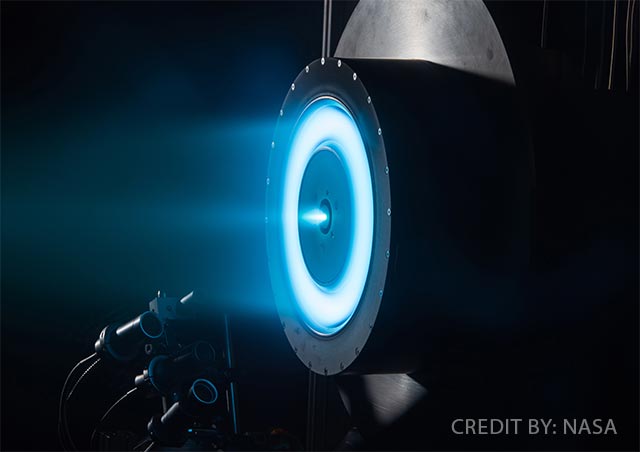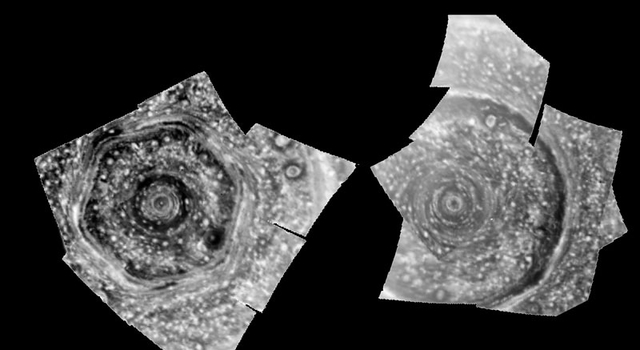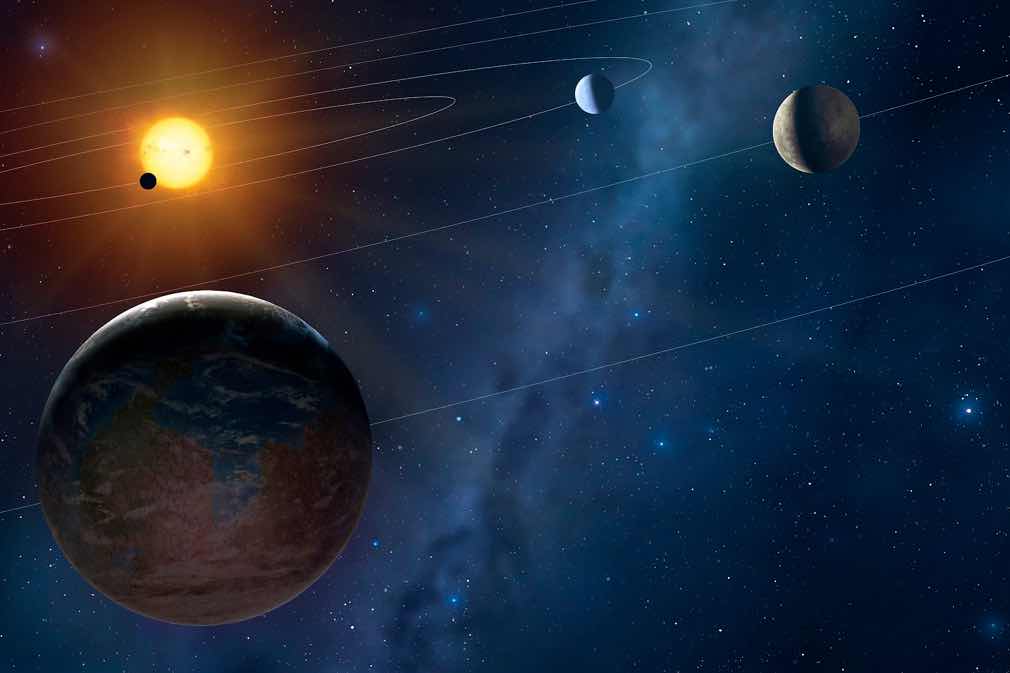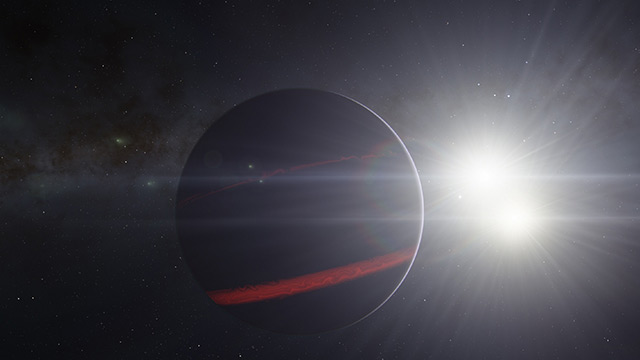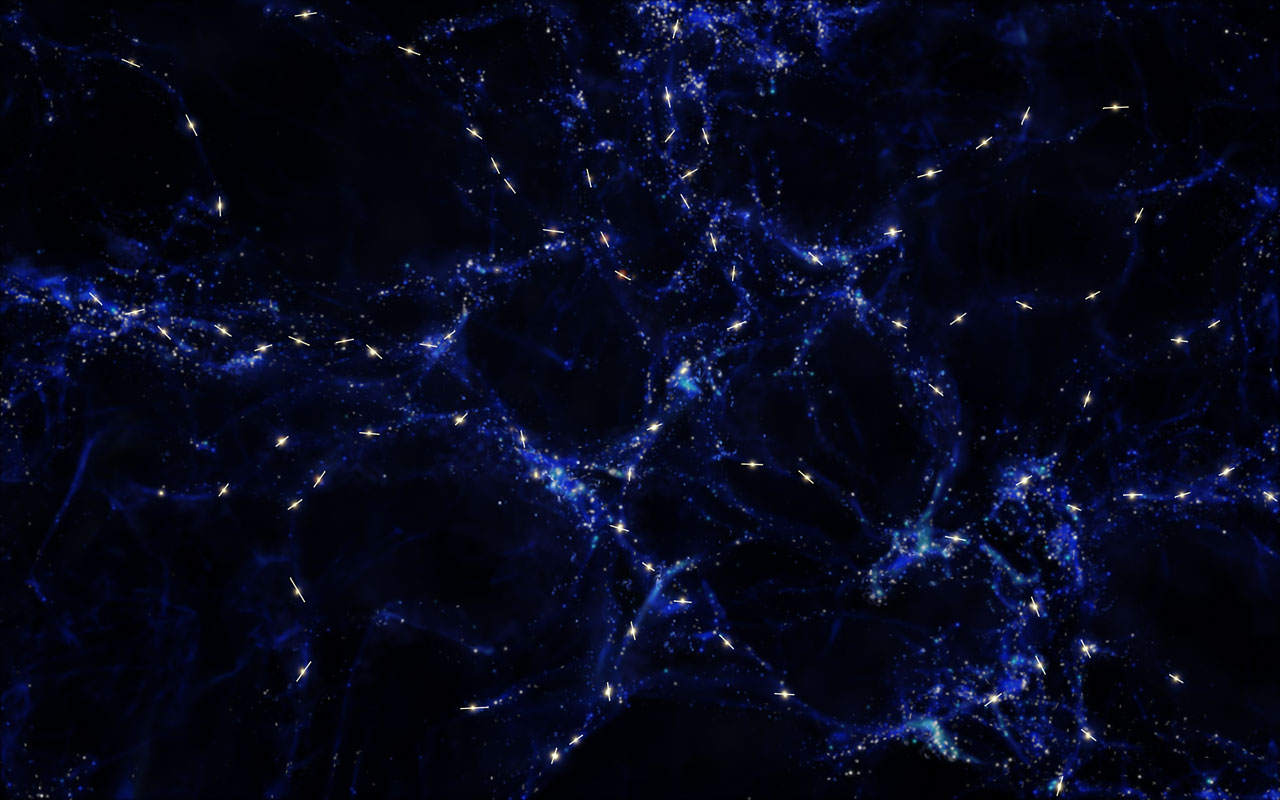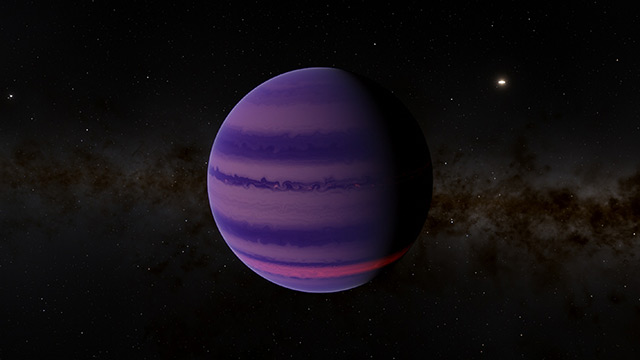Mystery from space: Scientists record three new fast radio bursts – could aliens be trying to communicate with us?
04/10/2018 / By Frances Bloomfield

Fast radio bursts (FRBs) are radio emissions characterized by their intensity and briefness. Their first recorded appearance was back in 2001, but they were only analyzed and reported about six years later by astronomer Duncan Lorimer and David Narkevic, his student at the time. Dozens more FRBs have been spotted since then, including three FRBs that were detected throughout March by the Parkes Observatory team in Australia. One of these is notable for being the brightest FRB yet.
According to ScienceAlert.com, the FRBs were picked up by the Parkes radio telescope on the first, ninth, and 11th of March. Capturing multiple signals in rapid succession is an oddity in itself since five to six a year is the average. But the FRB from the ninth, known as FRB 180309, is of particular interest to astronomers thanks to its brightness. Its signal-to-noise ratio is 411, which is nearly five times brighter than the then-brightest-known FRB’s ratio of 90. For most other FRBs, their signal-to-noise ratio can fall anywhere between 10 and 40.
What caused FRBs 180301, 180309, and 180311 to occur? That question has yet to be answered. Because FRBs suddenly flash without warning, they’re impossible to predict. Tracing them back to an exact source is just as challenging an endeavor because almost all FRBs have only appeared once with the sole exception of FRB 121102. What is known about FRBs is that they most likely came into being due to a very powerful event. In the milliseconds that they appear, a single FRB releases enough energy to outshine millions of other stars.
Could it be aliens? No one knows for certain. Astronomers are leaning towards the source being less extraterrestrial in nature, as is the case with FRB 121102. Researchers with the 100-million-dollar initiative, Breakthrough Listen, have been paying close attention to this FRB, and what they’ve uncovered through observation is surprising. The light from FRB 121102 is polarized or uniform, which means that it’s all coming from the same direction. But Vishal Gajjar, a scientist affiliated with the project, thinks that FRB 121102 is more a product of natural phenomena. (Related: NASA’s alien-hunting probe discovers 100 new planets orbiting stars outside our solar system.)
“As far as the FRB 121102 goes, I don’t think there is any slight possibility that [the pulses] are from an extraterrestrial intelligence,” said Gajjar. He explained that FRB 121102 may have been caused by a very strong magnetic field caused by extreme and uninhabitable conditions. Only one place in the universe is known to produce these immense magnetic fields, and that’s close to a black hole. He and his colleagues have hypothesized that FRB came from a magnetar, which is a type of neutron star that becomes an even bigger star as it nears the end of its life and collapses in on itself.
Gajjar added that the signal is believed to have originated from a dwarf galaxy three billion light-years away. As such, any aliens that might have sent it out as a form communication did so three billion years ago.
But that doesn’t mean aliens are totally off the table just yet. The upcoming Australian Square Kilometre Array Pathfinder may be able to help. This radio telescope project will be covering a massive portion of the sky in great detail. So there’s a chance that we may be uncovering FBRs way more often.
Visit Space.news to stay updated on any and all news revolving around FRBs.
Sources include:
Tagged Under: alien communication, extraterrestrial intelligence, extraterrestrials, fast radio bursts, FRB 121102, FRB 180301, FRB 180309, FRB 180311, FRBs, outer space, radio emissions, Space, space exploration









